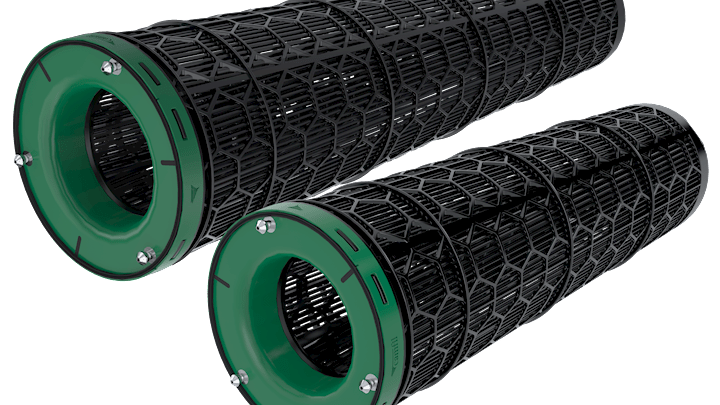If you work in the field of electronics and optics, you understand just how small particles can truly be. Air filtration technology is considered important in this industry because sub-micron particles and gases can contaminate the lithography processes, shorting the circuits and rendering the manufactured product useless.
Camfil understands your need in delivering flawless electronics like TV screens, computers and hard drives to your customers, but we also understand your microcircuits can contain thousands of transistors would fit on the head of a pin!

CamCarb XG Engineered for energy and maintenance cost savings in molecular contamination control applications
Electronics and optics Commercial and public buildings Food and beverageThis case study highlights the increase made in energy savings through the implementation of the Hi-flo XLT bag filter and 30/30 panel filter.
Electronics and optics Case studiesOften the initial purchase price for air filters or dust collectors is just the tip of the iceberg. The true costs for energy, maintenance and disposal are lurking below the surface. To make the most economic decision in the long-run, a detailed calculation considering all the factors will help to reduce your overall expenditure.
Rigorous testing of a product during its development phase is ultimately about being able to guarantee a certain level of performance. This is, of course, also true for high quality air filters like Camfil’s. And the way these products are tested has always been changing and evolving.
Corrosion is typically not recognized until it’s too late, resulting in damage that could have been prevented. Camfil’s AirImage-COR corrosion control monitor instantly measures corrosive gases in the air to indicate when air filters need changing to keep sensitive electronic equipment protected and valuable assets preserved.
Not all people who purchase our products are experts in air filtration and they shouldn’t have to be either. The purpose of Camfil City is to give everyone a chance to learn the basics of what our clean air solutions can do for them.
Dealing with airborne odours, toxins and gases can be a big challenge. Learn about how Molecular Contamination Control and how it can protect against the harmful effects of these airborne contaminants.
CamCarb VG modules with loose-fill media are robust solutions suited for make-up air (outdoor air) and recirculation air systems. The primary use is the control of acidic gases that are responsible for the corrosion of electronics and electrical equipment in heavy process industries such as pulp and paper mills, petrochemical refineries, mining and metal refining operations, and wastewater treatment plants.
Corrosion of electronic process control equipment can cause disruptions in production leading to lower productivity and lower profitability - this can be expensive to fix.
The new Absolute V HEPA range of air filters is all about making your life simpler, safer and more eco friendly. This is achieved by offering you filters that are extremely light-weight, robust and easy to handle. Filters that provide world-leading protection for your operations.
Some of the effects of corrosion include a significant deterioration of natural and historic monuments. Air pollution causes corrosion, and it’s becoming worse worldwide. Learn how to protect your equipment.